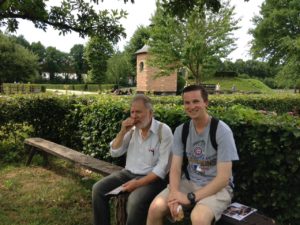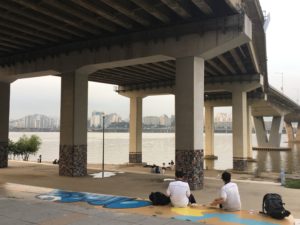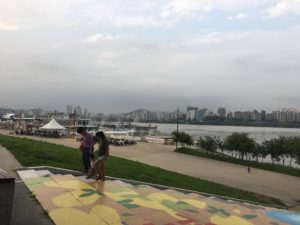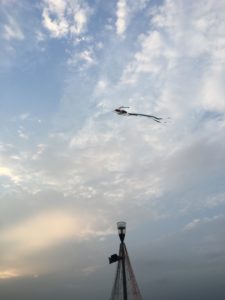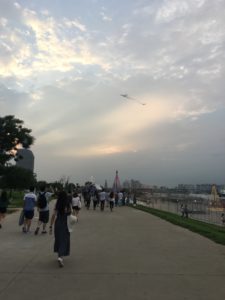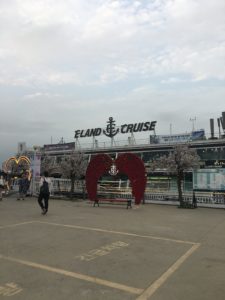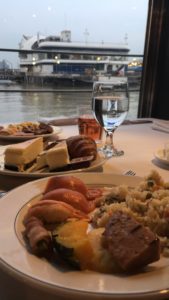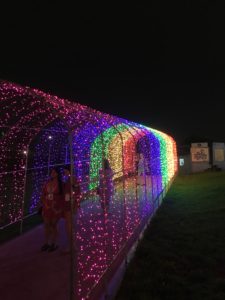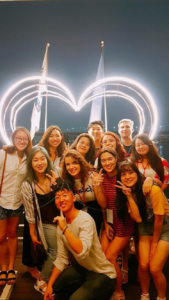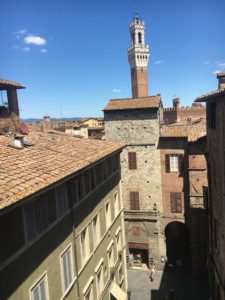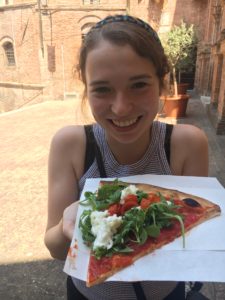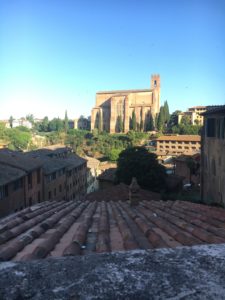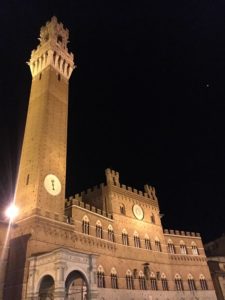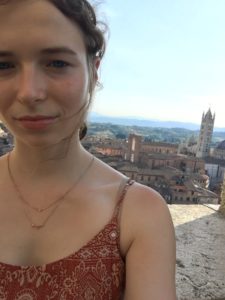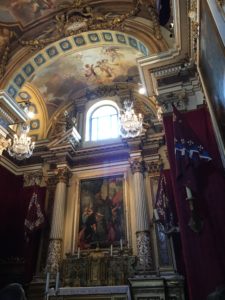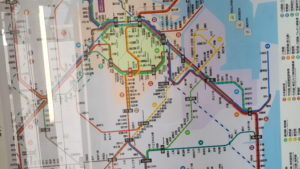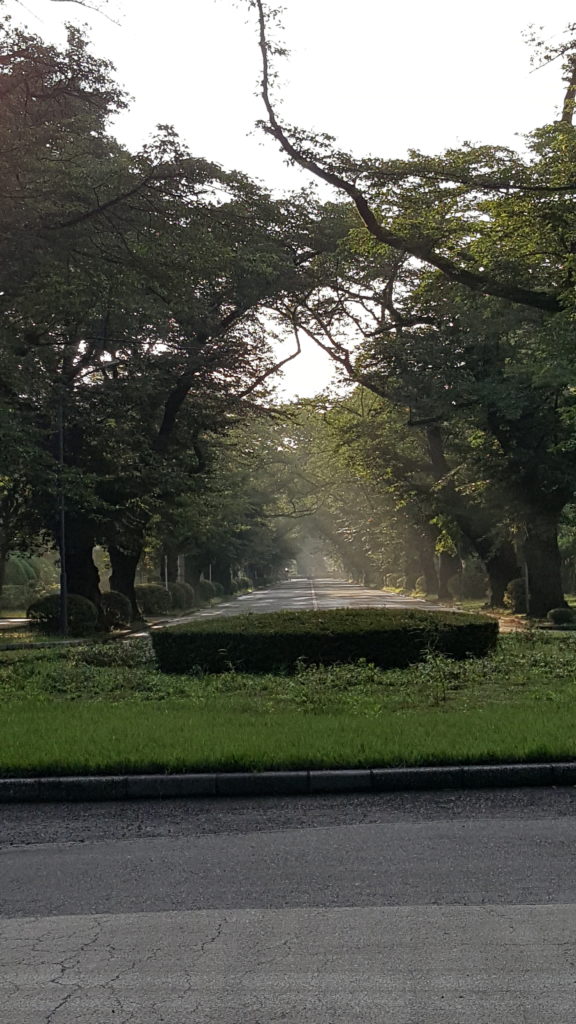Princeton in Ishikawa (PII) is the language program I study at. We convene every morning of weekdays for three hours and cover two years’ Notre Dame Japanese class in the two months. That is to say, this is a pretty intense and challenging program.
Yet I am grateful because this program expands the limit of my Japanese learning pace and I for sure see my improvements on a daily basis. It also has many quick-minded Japanese learners from the best universities in the U.S. Among the 44 students this year, 14 are from Princeton, 7 from Yale, 7 from Harvard, and one or two from a number of other prominent schools.
Besides practicing Japanese with these talented friends (we have to follow a strict “Japanese only” rule), I also share thoughts on the Japanese language in general – what we like about it, and what not so much. Presented below are some of the (temporal and superficial) thoughts based on our limited understanding of Japanese.
One of the most distinct characteristics of Japanese is having three sets of writing systems. While English has alphabetical vocabularies only, Japanese has kanji (Chinese characters), Hiragana and Katakana (for words of English origins). The combination of the three, in my opinion, speeds up the reading pace and makes the language more efficient. While kanjis, mostly made up of nouns, adjs and verbs, straightforwardly provide concrete information, hiragana logically connects such information. Katakana, on the other hand, gives out information of nouns with a western origin. After reaching a certain level of proficiency, just by scanning through the texts, one can easily tell its general idea without failing to grasp its logical flows.
However, Japanese grammar, especially verb conjugations, is more complicated than English and Chinese. In English and Chinese, if we want to make a command using “must,” we simply add the word”must” in between the subject and verb in a sentence. However, in Japanese, we need to change the form of the last letter of the verb into the one with the same consonant sound but the first vowel sound and then add “なければならない.” Conjugations as such trouble me, because they are like math functions where you have to follow steps 1, 2, 3 to express whatever additional emotion you want to add to your statement.
In daily conversations, I found it hard to be consistent with the kind of expressions I use with people. Let me explain this. In Japanese, there are sets of expressions with varied formality. Among close friends and family members, people normally use casual forms, but when talking to superiors or those we know little of, people use polite forms. Sometimes when we want to show extra respect, honorific forms and humble forms are the options, and in specific settings like department stores and restaurants, store staff uses the polite form which is a little different from all above. That is being said, in Japan, I am not only made aware of the relationship I have with others, but also have to show my acknowledgment of the kind of relationship through my choice of words and expressions. It creates difficulties and probably strengthens societal hierarchy. But just like people wearing different clothes on different occasions, having different forms of expressions allows one to show respect or intimacy.
My Chinese background gives me a considerable advantage because I could understand the kanjis without any barrier, but sometimes the meanings of the words appall me. At this moment, I haven’t really looked into how the words were formed, or if their meanings have evolved over time, but some are simply interesting to talk about. For example, the word husband (主人) also means “a master” or “an employer,” while the word for wife (奥さん)involves 奥 which means “the inner part, the back.” Do these words convey gender expectations and roles? Do people internalize the connotations these words have? I don’t know. But I could also find similar examples in many other languages in the world.
In general, I enjoy learning Japanese and see all the challenges in a much more favorable light than math problems. However, I still hesitated when writing some critical comments (even though they are not critical at all), because I have always feared criticisms. I fear people criticizing me because there’s always the possibility that any not-positive remark might be regarded as “politically-incorrect.” But thinking about it, without truly learning Japanese, I would have never been able to write some of my and my friends’ thoughts on this matter. On top of that, I should probably not censor my own ideas derived from good intentions. If people disagree, then I create an opportunity for discussions. Nothing will be solved if everyone is a deliberative, not a participatory citizen. The combination of the two renders greater chance for this society to be better.



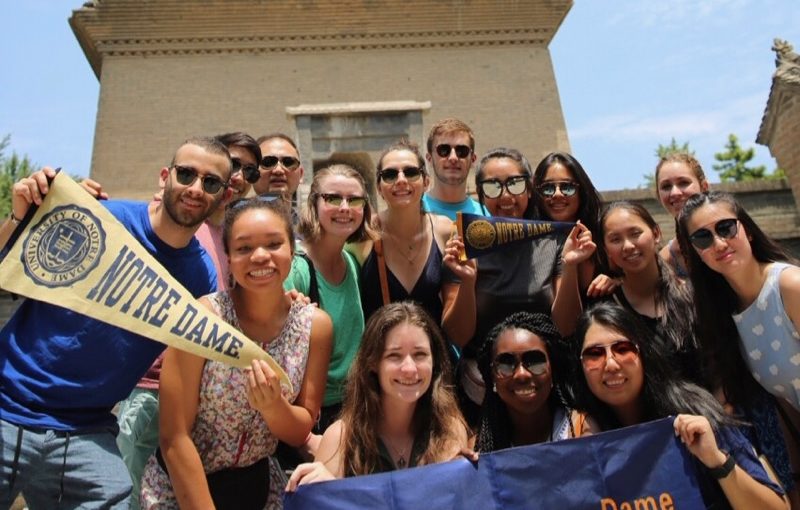
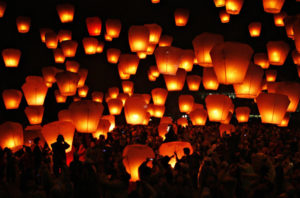
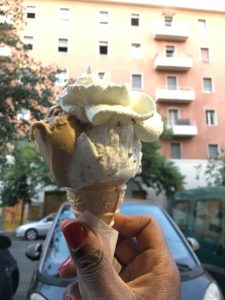
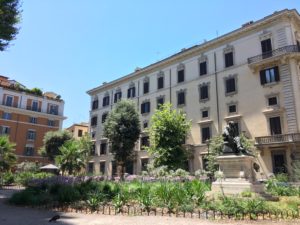

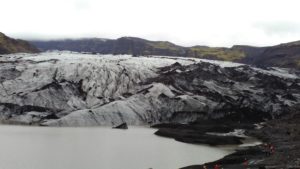
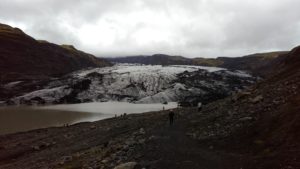
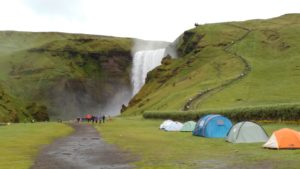
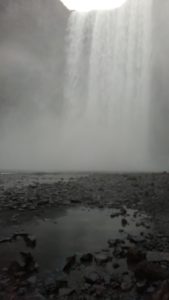
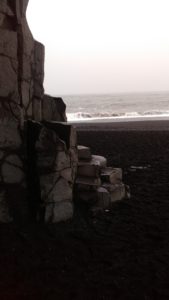


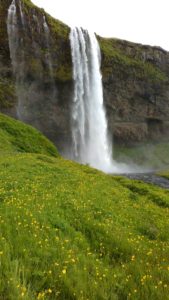
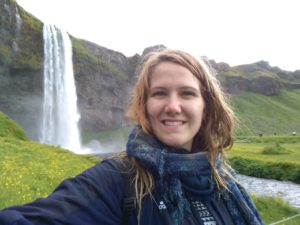
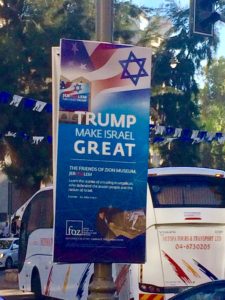
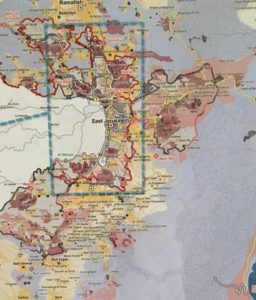
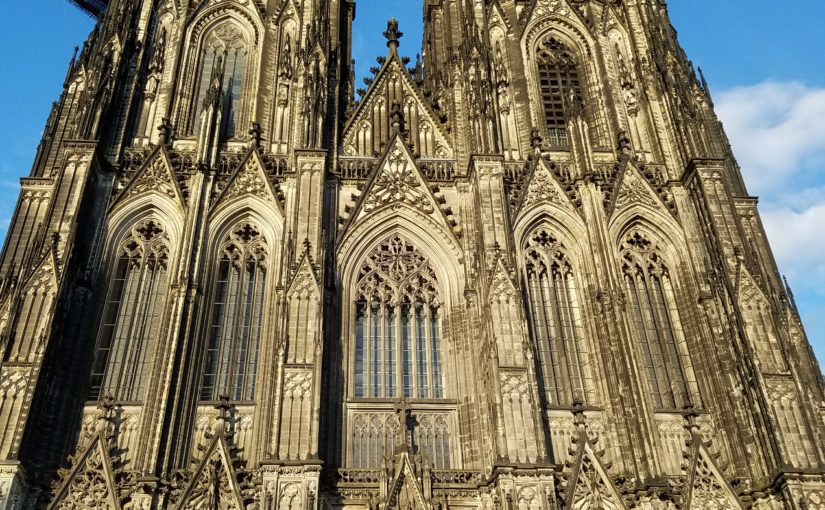
 through the middle of Cologne, North to South, and divides the city into two halves: the “Rechte Seite des Rheins” and the “Linke Seite des Rheins.” Though it’s all one city, some residents like to argue that there’s a slightly different feel to each side, and there’s a friendly sort of rivalry between the two halves of the city.
through the middle of Cologne, North to South, and divides the city into two halves: the “Rechte Seite des Rheins” and the “Linke Seite des Rheins.” Though it’s all one city, some residents like to argue that there’s a slightly different feel to each side, and there’s a friendly sort of rivalry between the two halves of the city.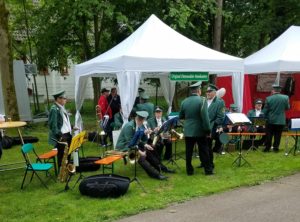
 was acres large and depicted life as it would have been here centuries ago, complete with real farm animals (that’s a goat with me!) and oven-baked bread from freshly horse-mill grinded wheat! Moreover, it was great to spend the entire day communicating in German and getting to know Klaus and his friends. It’s an experience I won’t forget.
was acres large and depicted life as it would have been here centuries ago, complete with real farm animals (that’s a goat with me!) and oven-baked bread from freshly horse-mill grinded wheat! Moreover, it was great to spend the entire day communicating in German and getting to know Klaus and his friends. It’s an experience I won’t forget.